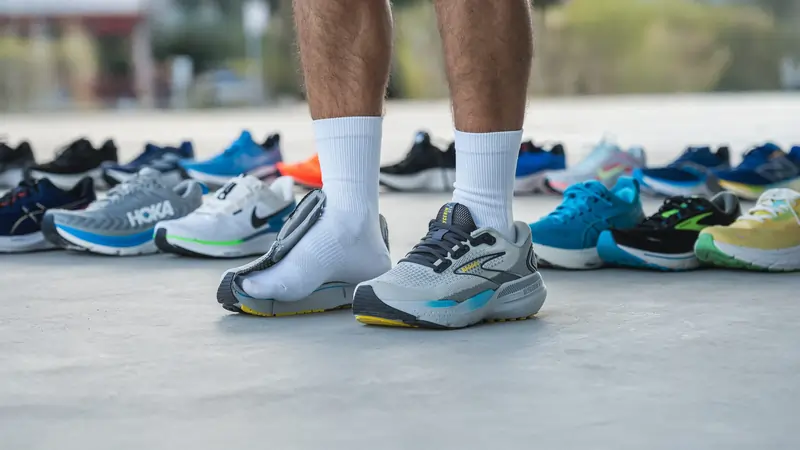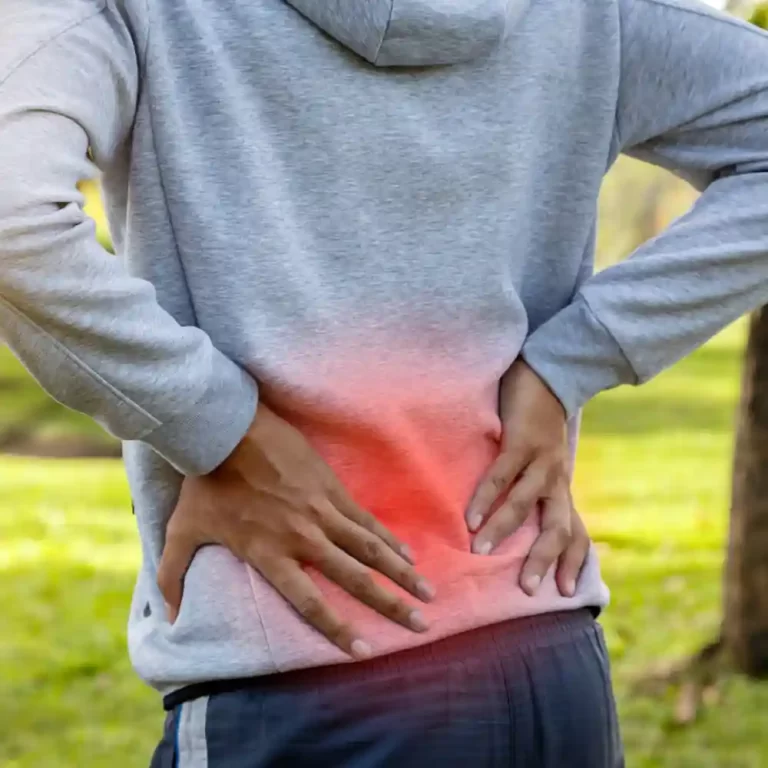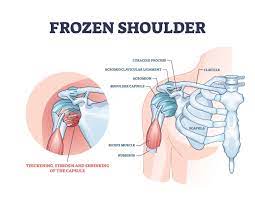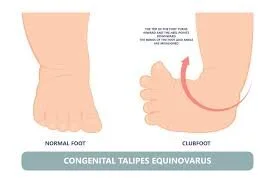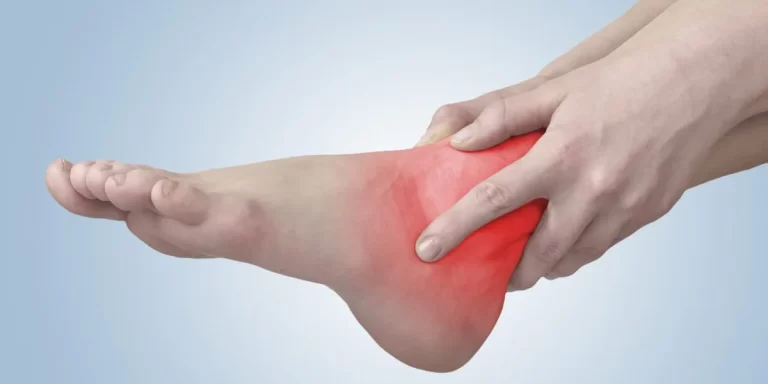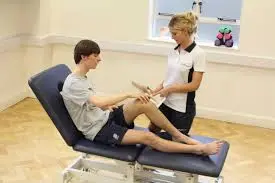Best Shoes for Heel Pain
Choosing the right shoes is essential for relieving heel pain. Supportive, cushioned footwear can reduce pressure on the heel, improve foot alignment, and help prevent further discomfort. Selecting shoes designed for your specific foot needs makes daily activities more comfortable and promotes overall foot health.
What is Heel Pain?
Where the Achilles tendon attaches to the heel bone, heel pain is most frequently felt at the bottom of the heel (plantar fasciitis) or immediately behind it (Achilles tendinitis). For starters, some people may experience such severe heel pain that it becomes intolerable to just stand up in the morning.
Causes of Heel Pain
Heel pain can result from wearing the wrong shoes for specific activities for a number of reasons. Among the most frequent reasons are:
Another condition that affects persons who perform exercises that require hard landings or who wear shoes that distribute their weight unevenly and toward their heels after standing and walking for extended periods of time is heel bursitis. It occurs when there is inflammation in the bursa, a fluid-filled cushion located at the rear of the bone.
The growths that appear on the heel are called heel spurs. They are calcium buildup rather than bone. However, it can result in severe heel pain, particularly for runners who have sustained ligament and muscle injuries and have not recovered. Heel spur formation and pain are intimately associated with plantar fasciitis. Sharp pain in various parts of the foot, particularly the heel and center of the foot, is one of the signs of plantar fasciitis.
Can Heel Pain Result from Wearing the Wrong Shoes?
People with diseases like flat feet or naturally high arches are the first to realize they’re wearing the wrong shoe, but eventually, everyone who is wearing the improper shoe will face the repercussions. Your arches and heels will bear the brunt of any impact if your shoes don’t provide enough cushioning and support while you stand, walk, or run, which could damage the structure of your feet. Plantar fasciitis or other issues will result from this. Inappropriate footwear can also alter your stride, increasing the likelihood that you will walk oddly or roll your feet outward and inward, among other problems.
Constantly using shoes designed for a particular activity or sport and not using them properly is another major issue. Use shoes just for their intended purpose; stay away from shoes that are too tight or too loose, that push toes together, that don’t provide enough support (flat, rigid insoles and midsoles), that are worn out, inadequately insulated, and that don’t breathe. Additionally, stay away from worn-out shoes.
What Benefits Can Shoes Give for Heel Pain?
Physical therapy is being investigated as a potential treatment for heel pain in some situations. However, by adjusting the cushioning your heel receives from the insole of your shoe, you may usually alleviate heel pain and eventually find relief. For example, providing your foot with excessive padding may cause your gait to become unstable. You should opt for a shoe that gives your sole and heel stability and comfort rather than just more padding, and many of the brands on this list meet these requirements.
Custom-made orthotics may be a smart choice in some situations. Many of the shoes on the list have detachable insoles, so you may utilize your orthotics to support and correct issues like high arches or overpronated ankles while also reducing pain. Some, such as ankle-foot orthotics that go from the heel to the lower calf, are designed to go well with your existing cozy shoes and provide additional support for the heel or ball of your foot.
Additional Ways to Avoid Heel Pain:
- To increase calf and leg flexibility, warm up before any exercise and use stretching exercises every day.
- Maintain a healthy weight. Your feet and heels are subjected to additional strain when you are overweight.
- Avoid high-impact exercises like basketball and running. Biking and swimming are better.
Types of Shoes Recommended for Heel Pain:
Choosing the correct shoes can greatly reduce heel pain and enhance everyday comfort. The various shoe styles for treating heel pain and keeping your feet pain-free are examined here.
Orthopedic Shoes:
Foot health can be supported with orthopaedic shoes for heel pain. They frequently have more depth, which makes personalized orthotic inserts possible. This is very useful for people who have severe heel pain.
The detachable insoles of these shoes offer versatility, allowing users to modify the amount of cushioning and support as required. In order to provide long-lasting comfort and stability, orthopedic shoe producers also use sturdy materials.
Athletic Shoes:
This function offers more support and comfort. Another important component is midsole support, which aids in uniformly distributing pressure throughout the foot.
Casual and Dress Shoes:
Dress and casual shoes might also help with heel pain if they have enough cushioning and support. In order to ensure that comfort does not have to be sacrificed for style, several brands now include orthotic-friendly styles in both dress and casual shoe collections.
Because the insoles are detachable, these shoes are beneficial for heel pain. They also make it possible to provide individualized support with bespoke orthotics.
Best Shoes for Heel Pain:
The top shoes for heel pain are listed below, now that you know how important it is to choose supportive footwear.
Sovella PF Sandals:
These premium sandals have been biomechanically designed to help reduce plantar fasciitis-related heel pain. This lightweight sandal is ideal for wearing first thing in the morning and keeping by your bed. From the first step, you’ll notice a difference in your feet.
Sovella Cork Shoes:
Sovella, which is exclusive to Lucky Feet Shoes, is becoming a well-known brand in high-quality footwear. This traditional cork sandal’s molded footbed with heel cup and integrated arch support makes it lightweight while maintaining stability and support. These shoes are not only incredibly comfortable but also fashionable, making them ideal for wearing to work or on the road.
HOKA Bondi 8:
With its extensive shock absorption, the complete EVA midsole is an excellent way to prevent Plantar Fasciitis pain. The midsole is supportive and has a locked-in fit thanks to its inbuilt hard heel counter. This already well-liked look is enhanced with an incredibly soft collar. The collar, which is made of incredibly soft memory foam that can accept a narrower heel, fits a wide range of ankles and provides cozy support for the Achilles.
Brooks Adrenaline GTS 23:
Brooks is a leading brand in comfort footwear in addition to sporting footwear. We suggest the Adrenaline GTS 23, which is their preferred shoe. Each footfall is cushioned by responsive cushioning and soft crash cushions placed above it, which combine to give the foot a little spring. Additionally, it features a solid heel counter for excellent heel stability. The Adrenaline GTS 23’s detachable footbeds make it simple to install over-the-counter or custom orthotics.
Dansko Henriette:
Because of its strong arch support and capacity to absorb shock, the Henriette is an excellent treatment for heel pain. On a range of terrain, the sturdy rubber outsoles provide stress absorption for your knees, feet, and heels. Additionally, the toes, arch, and heel of your foot are all supported by their special structures.
ECCO Soft 7:
By consistently developing and creating new materials that offer long-lasting structure, shock absorption, natural support, and exceptional comfort, the ECCO Soft 7 is one of the best shoes for plantar fasciitis. This is a fantastic choice for anyone with plantar fasciitis foot pain because of its lightweight design and integrated arch support. The ideal inside climate is guaranteed by the soft, cozy lining construction.
Choosing the Best Shoes for Pain in the Heels:
Your lifestyle can be greatly impacted by purchasing a quality pair of shoes that offer sufficient arch support, cushioning, stability, and other advantages when dealing with heel pain. Before purchasing the top shoes for heel pain, take into account the following characteristics:
Cushioning:
When you run, you often have both feet off the ground at the same time. People who run from heel to toe or who wear shoes that are worn down at the heel sometimes use shoes with insufficient padding. This kind of cushion is made to shield the midsole and heel, improving the wearer’s ability to absorb shock.
Wide Toe Box:
Shoes should have enough room for your feet’s natural movement because this restricts toe movement and can hurt the tendon that runs from the heel to the toes.
Regardless of your activities, choose shoes with a large toe box and lots of wiggle room for comfort and pain relief.
Arch Support:
Your ankles will become more stable as a result, which lowers the possibility of heel pain and lessens the likelihood of damage to the surrounding ligaments and tendons. Your feet are stabilized and given structure by technology like the midsole’s triple-density dynamic support system. Additionally, a supportive shoe that cushions the impact of each stride should have soft yet stable foam.
Stability Features:
While some people may find stability features like shanks, medial posts, or dual-density midsoles helpful, this is not always the case. If your shoes aren’t providing enough support for your feet, you might want to consider inserting an orthotic device into your shoes. Orthotics that are specifically made for your foot form can be purchased from a pharmacy or customized in consultation with your doctor.
Elevated Heel:
If you’re having heel pain along the Achilles tendon, you could find it helps to relieve pressure on this area. If you’re looking for the right shoes, you should also look for an Achilles notch, which is just an indent in the back of the shoe.
Types of Shoe Inserts:
Shoe inserts can improve comfort and support in addition to shoe selection. The following are the most popular shoe inserts:
Orthotic Inserts:
One of the greatest shoe inserts for heel pain is an orthotic.
Gel Heel Cups:
Gel heel cups are silicone inserts designed to absorb shock and cushion the heel during jogging or walking.
Custom-Made Orthotics:
For severe heel pain or foot abnormalities, a podiatrist or orthopedic expert may recommend custom orthotics. These orthotics provide the most support and relief possible because they are customized to your unique foot anatomy and condition.
How to Select the Best Shoes for Heel Pain:
Walk Around:
To evaluate the shoes’ fit, comfort, and support, take a few steps in them. Keep a watchful eye out for any uncomfortable or rubbing spots. Before making a purchase, it can be helpful to walk around the store or your house in the shoes to find any possible problems.
Consider Width
Thus, search for shoes with adjustable widths. Or, to give your feet enough room, pick a shoe type with a roomy toe box. Wider-fitting shoes can improve overall comfort and preserve good foot alignment.
Step into Comfort with Us:
To manage your condition and enhance your quality of life, you must find the best shoes for heel pain.
We at Foot & Ankle Centers are aware of how heel pain affects day-to-day functioning and general health. Our team of professionals strives to relieve your pain by offering individualized treatment and workable solutions.
Get in touch with us right now to begin a smooth and painless path to pain-free living.
Conclusion:
Effectively treating heel pain requires selecting the appropriate footwear. Shoes that are supportive, cushioned, and have strong shock absorption and arch support can greatly lessen pain and stop more injuries. To keep your feet pain-free and healthy all day, put comfort, fit, and functionality first.
FAQs
Which kind of footwear is ideal for feet?
You can make sure that your shoes give your feet the support, cushioning, and stability they need by searching for shoes with a firm midsole, a contoured footbed, and a secure heel cup. This can help keep your feet pain-free and healthy while also preventing foot-related issues.
Which kind of shoes are the safest?
Boots with steel toes, reinforced safety toes, or reinforced toecaps are made to guard against crushing injuries caused by fallen or falling objects.
What is the most comfortable shoe brand?
Since comfort is a personal experience that varies depending on one’s wants and preferences, it is challenging to claim with certainty which shoe brand is “most” comfortable. Nonetheless, a number of brands are frequently praised for their comfort and are suggested for a variety of sports, such as jogging, strolling, or daily usage.
Can heel pain be lessened by walking?
You can temporarily replace jogging with walking since daily walks help to stretch your plantar fascia and calf muscles. Additionally, make sure you keep wearing the suggested orthotics and supportive, comfy shoes for every activity.
Which shoes are best for those with heel pain?
Excellent heel pain shoes with outstanding support include those made by Vionic, Naot, Mephisto, New Balance, Hoka One One, Dansko, Finn Comfort, and others.
Who is most likely to suffer from heel pain?
Anybody who doesn’t use the proper shoes may eventually get heel pain, especially those who wear high heels, too tight shoes, old, worn-out shoes, or shoes with very low cushioning and durability. Additionally, people who stand for extended periods every day and are overweight will put a lot more strain on their heels. Runners and athletes who participate in high-impact sports are particularly susceptible to heel pain. Poor footwear will also have an immediate negative impact on people with flat feet, heel spurs, or extremely high arches. As previously stated, a person who has little calf muscle flexibility is also susceptible to heel pain and will require frequent stretching exercises to get better.
What is the best strategy to prevent heel pain?
Lifestyle changes combined with stronger, better shoes for optimal support. If you’re experiencing heel pain, stay away from high heels and stretch every day to build stronger calves. Instead of jogging or other high-impact exercises, try swimming or biking. Your feet will have more space to stretch at night if you even untuck your bed linens, which will help with heel pain.
What are some ways to prevent heel pain from wearing heels?
Avoid wearing high heels. At the very least, avoid wearing them all day regularly. When you do, consider utilizing orthotics or insoles to provide your heels with an additional layer of support and comfort.
How may heel spur pain be relieved?
Rest should be your priority. Avoid any physical activity or exercise that might be making your issue worse. In addition to switching to more comfortable shoes, non-steroidal anti-inflammatory medicines (NSAIDs) can be used to alleviate heel spur pain by reducing inflammation. In addition to applying ice to the affected area, steroid injections may be necessary if the pain is more severe. In the worst situations, surgery may be required.
What causes pain in the heel’s back?
Up to 10% of people have this condition, though there are other common causes as well, such as bursitis, arthritis, Achilles tendinitis, high arch height, and frequent heel impacts and strains.
References:
- Lucky Feet Shoes. (2022, February 20). Best 9 Shoes for heel Pain 2025. Lucky Feet Shoes. https://luckyfeetshoes.com/blogs/blog/shoes-for-heel-pain?srsltid=AfmBOooR-0tgAXmELoFmzLKuJHQNSRdP4_9KxDvxPPJ2W0X1LsT2voAR
- McDougall, S., & Felbin, S. (2024, November 26). The 10 best running shoes for plantar fasciitis. Health. https://www.health.com/fitness/best-running-shoes-for-plantar-fasciitis
- Savla, Z. (2025, May 24). Lightweight shoes for plantar fasciitis. Brooks Running India. https://brooksrunningindia.com/blogs/news/lightweight-shoes-for-plantar-fasciitis?srsltid=AfmBOoqqpHX91WPn_YzF5W34QFdQdlW0NXlPRo9qp9ZmS4OGDa2Hwdsw

